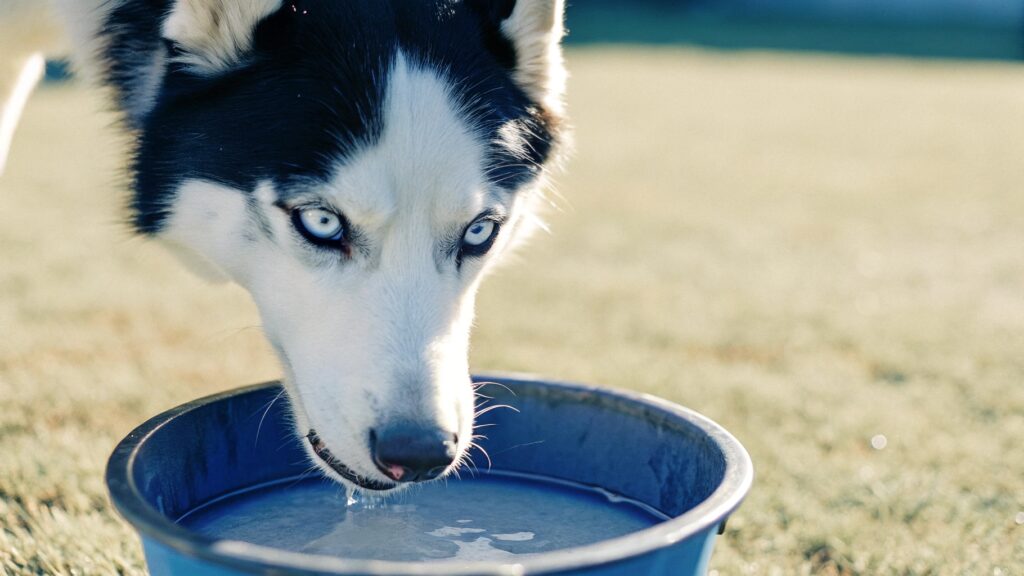As pet owners, we often focus on food quality, exercise, and regular vet check-ups. But one critical factor is sometimes overlooked — access to clean, fresh water. Just like humans, cats and dogs depend on water for nearly every vital bodily function.
In this article, we’ll explore:
- Why hydration matters
- What science says about pet water needs
- Signs your pet may be dehydrated
- Tips for ensuring safe drinking water
🧬 Why Hydration is Crucial for Pets
Water makes up approximately 60–80% of a pet’s body weight, depending on age and size. It’s essential for:
- Regulating body temperature
- Lubricating joints
- Supporting kidney and liver function
- Aiding digestion and nutrient absorption
- Removing toxins via urine
Without enough water, pets can experience fatigue, organ stress, or even life-threatening complications like kidney failure.
🧠 Did you know? According to the ASPCA, a dog should drink approximately 1 ounce of water per pound of body weight per day, and cats should consume around 3.5–4.5 ounces of water for every 5 pounds of body weight.

🧪 Scientific Insight: What Studies Reveal
Recent veterinary research highlights the connection between hydration and long-term health:
- Urinary tract diseases in cats, such as Feline Lower Urinary Tract Disease (FLUTD), are often linked to low water intake.
- A 2022 study published in Veterinary Record found that filtered water reduces mineral buildup, which can prevent urinary stones in dogs and cats.
- A University of Illinois study showed that pets with constant access to clean water are less likely to develop chronic kidney issues as they age.
🚨 Warning Signs of Dehydration
Pets can’t tell you they’re thirsty — but their bodies show it. Look out for:
- Dry or sticky gums
- Lethargy or weakness
- Panting (in cats, this is especially serious)
- Loss of skin elasticity
- Sunken eyes or dry nose
🐾 Test it: Gently pinch your pet’s skin between the shoulder blades. If it doesn't snap back within a second or two, your pet might be dehydrated.
💡 How to Ensure Clean, Safe Water
✅ Place bowls away from food and litter boxes — cats especially dislike drinking near their food or toilet area. Choose quiet, low-traffic spots.
✅ Wash water bowls daily — to prevent bacteria or mold.
✅ Try pet fountains — cats, in particular, love flowing water and may drink more with a fountain.
✅ Keep multiple water stations around your home — especially if you have multiple pets or a multi-level house.
✅ Monitor water intake — sudden increase or decrease in how much your pet drinks may signal a health issue like diabetes, kidney disease, or urinary problems. Track their habits and consult a vet if something changes.
✅ Bring your own water on walks or trips — don’t rely on puddles or public bowls at dog parks, which may contain bacteria, parasites, or antifreeze residue.
✅ Refresh water 2–3 times per day — even clean bowls can accumulate dust, hair, or drool, especially in warm weather. Fresh water encourages more frequent drinking.
🌍 Environmental Factors Matter Too
During hot weather, pets lose moisture more quickly. Always:
- Provide shade and cool water outdoors
- Refill bowls multiple times a day
- Avoid long walks in extreme heat
🔥 Tip: Freeze pet-safe broth into ice cubes as a treat and hydration boost!
🐶🐱 The Bottom Line
Clean water is not optional — it’s vital for your pet’s longevity and comfort. Dehydration can silently lead to serious health issues, but the solution is simple: always offer clean, fresh water and watch for early signs of trouble.
By making hydration a priority, you’re not just quenching thirst — you’re protecting your furry friend’s heart, kidneys, and well-being.